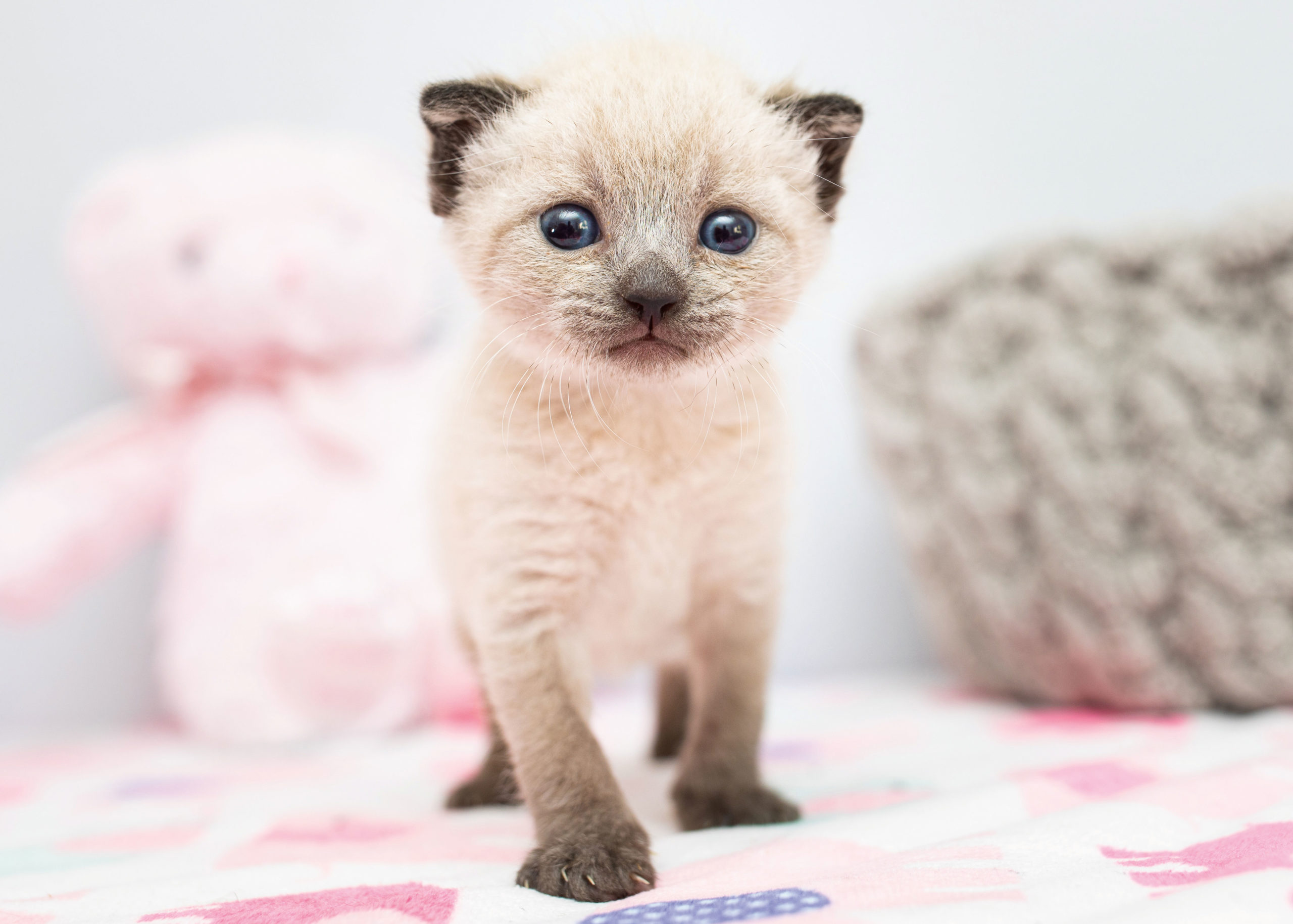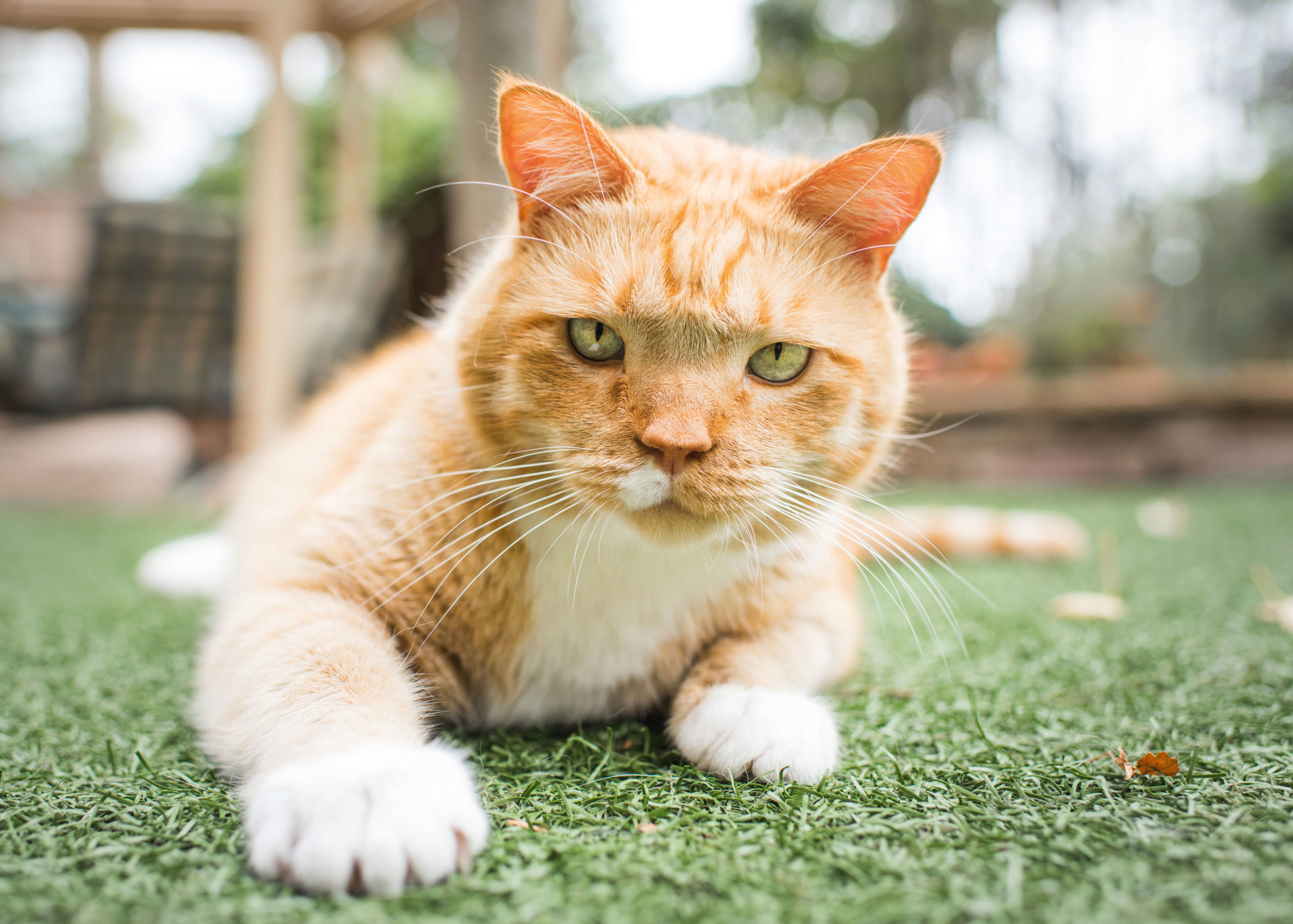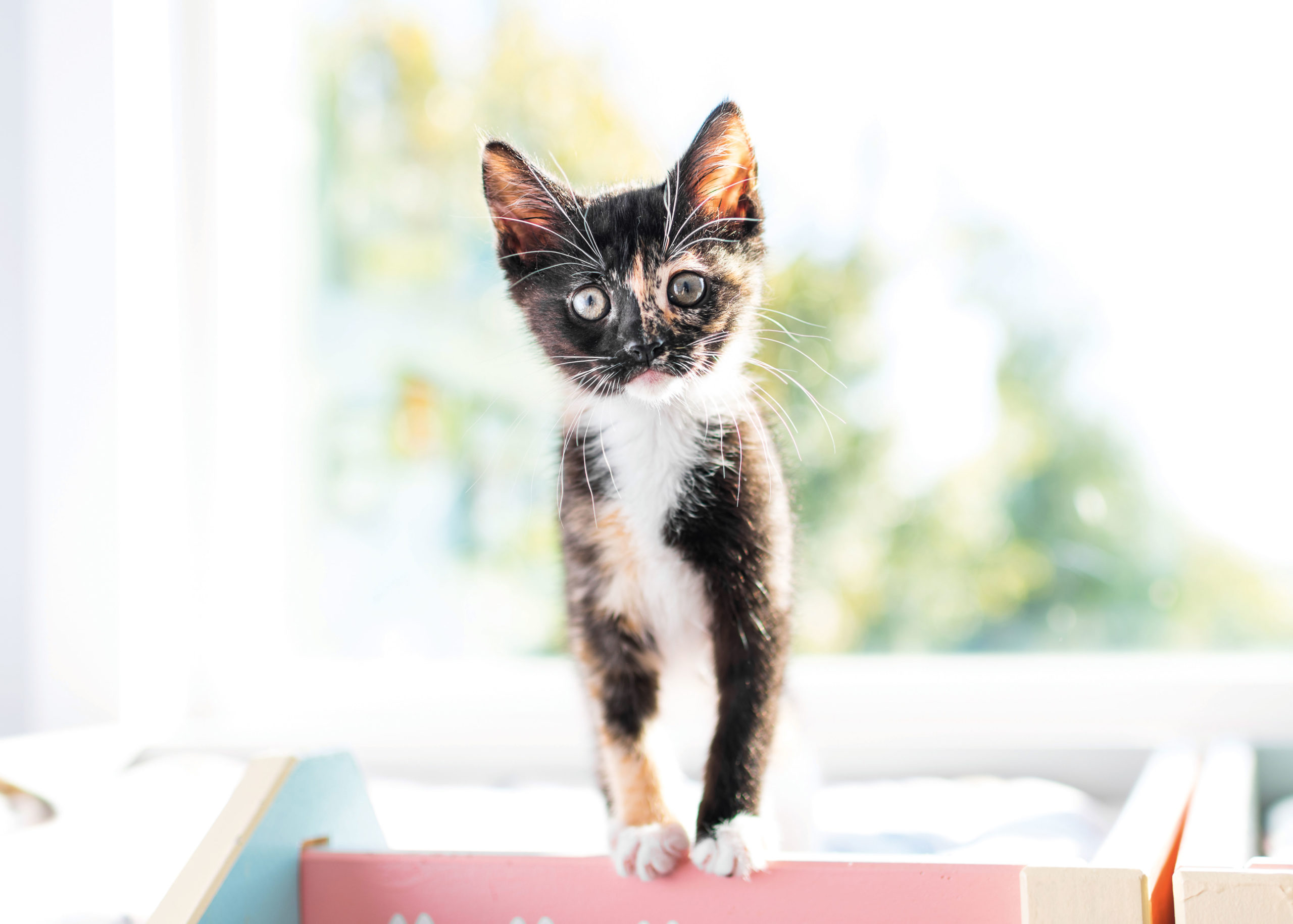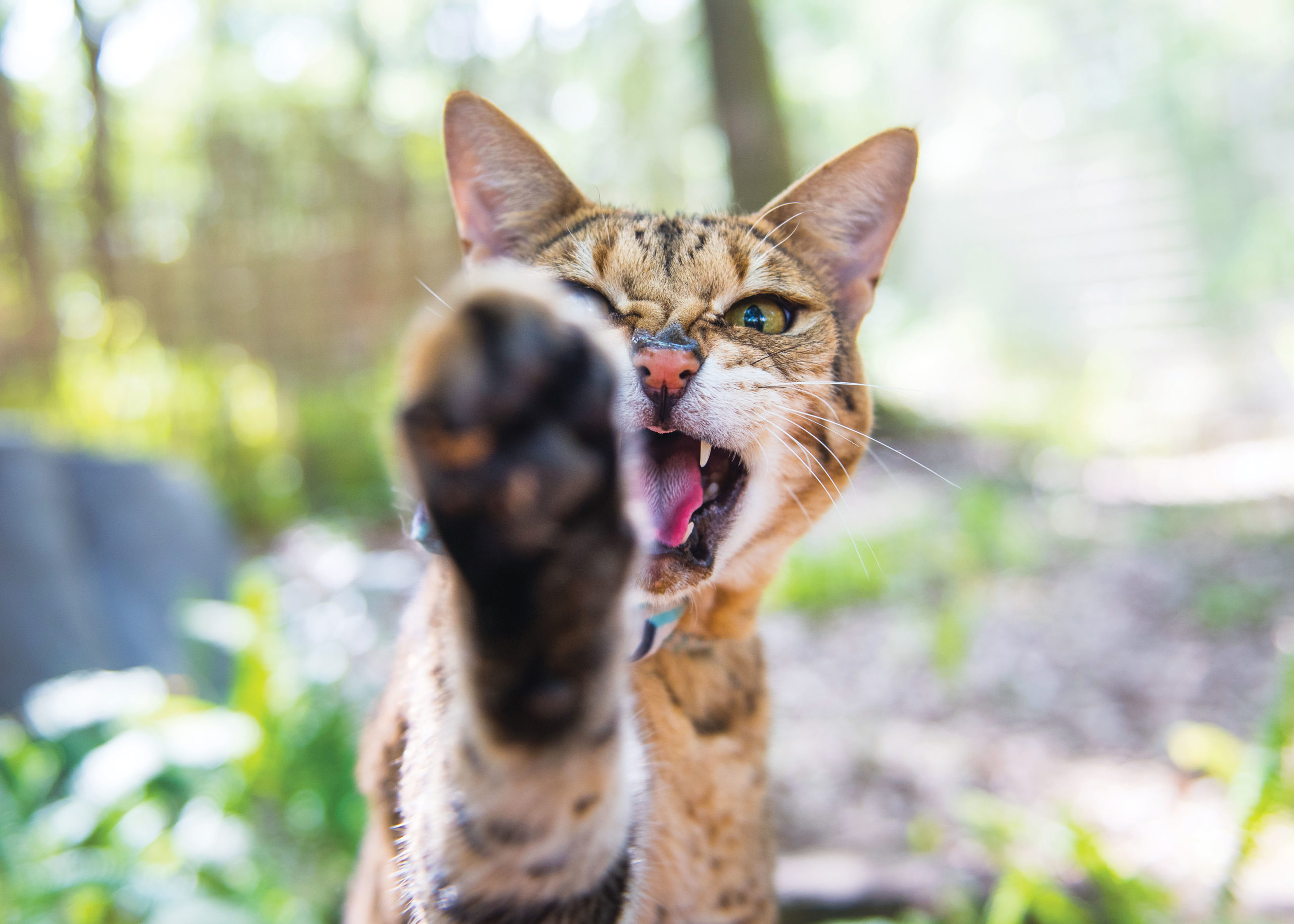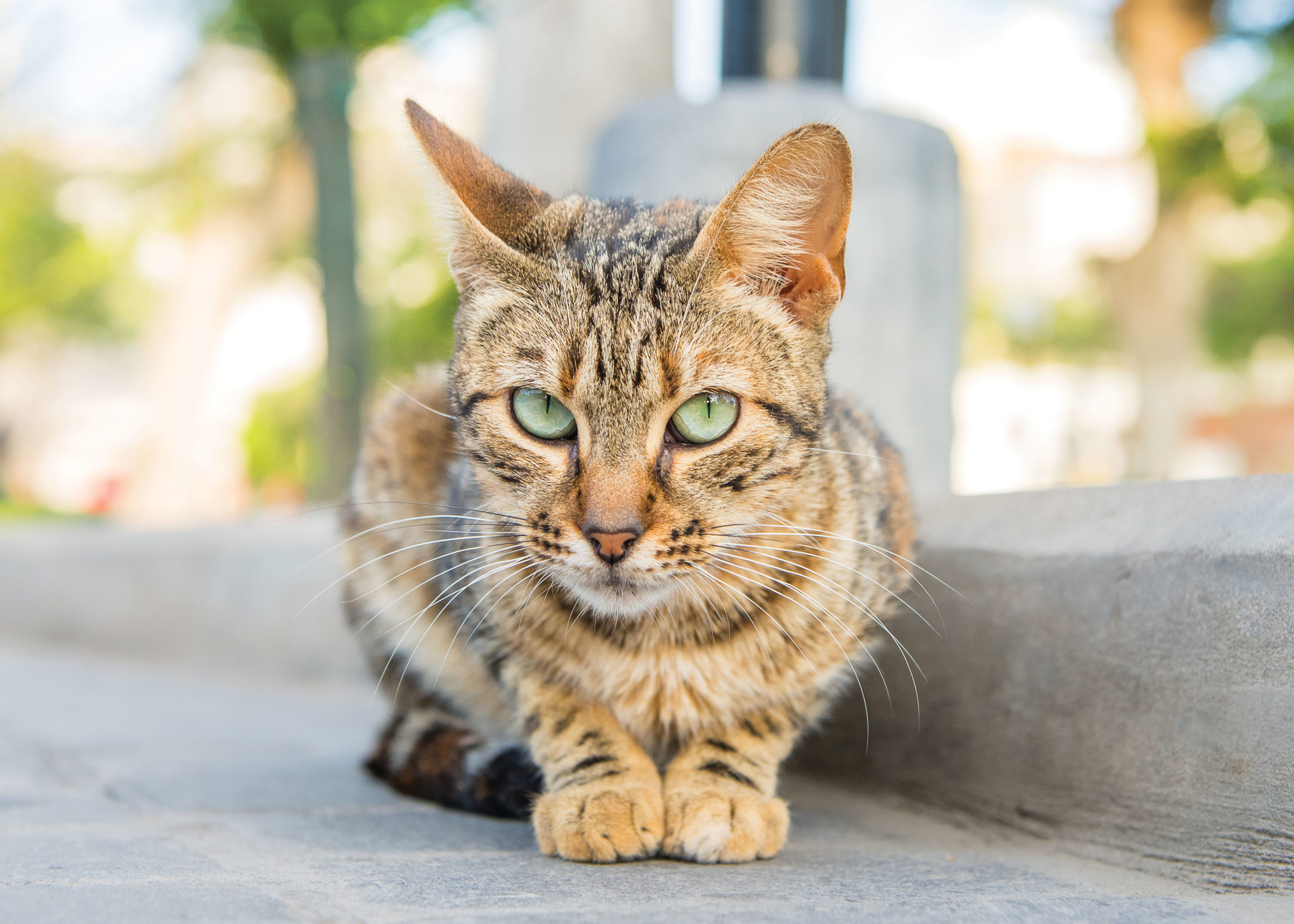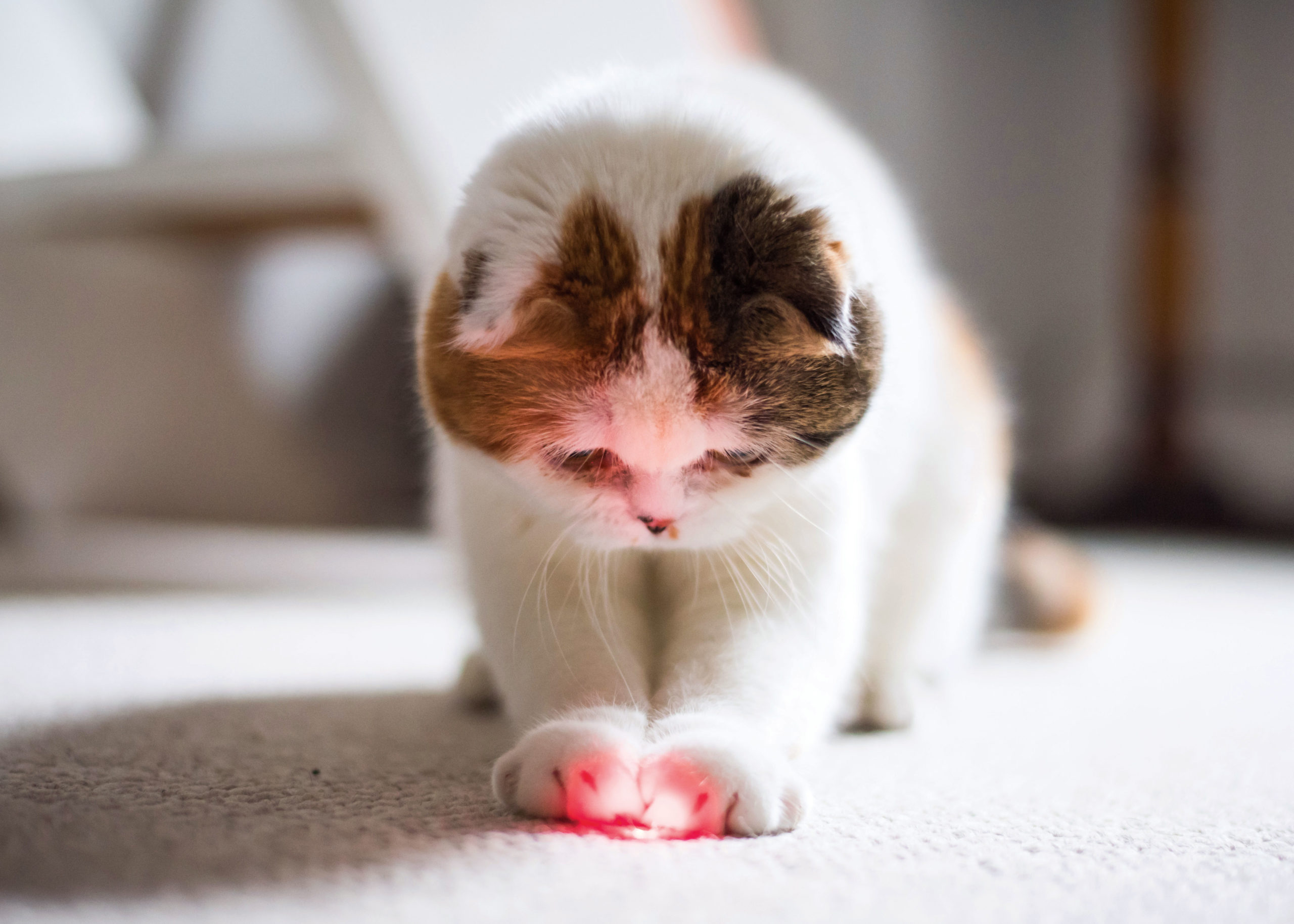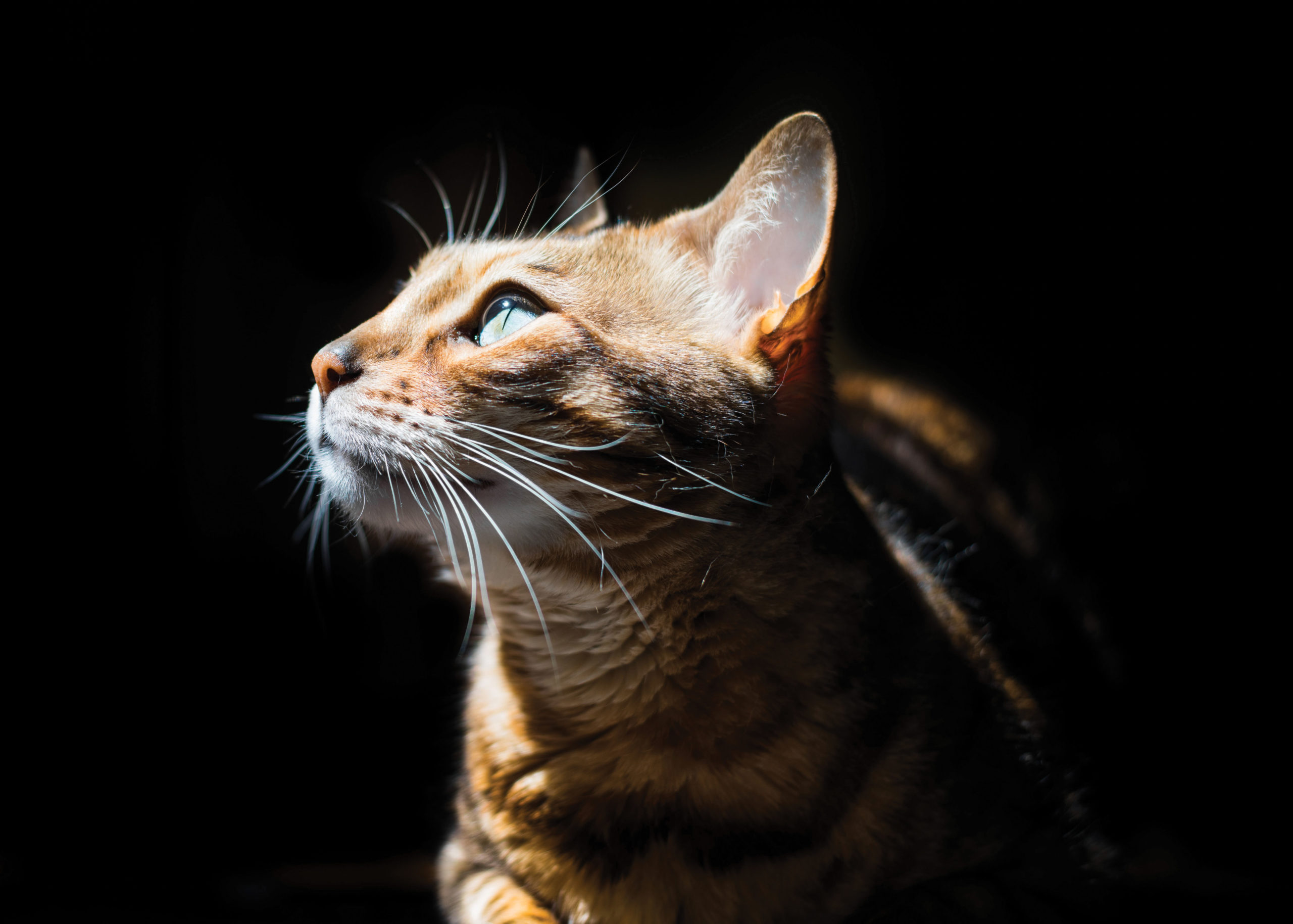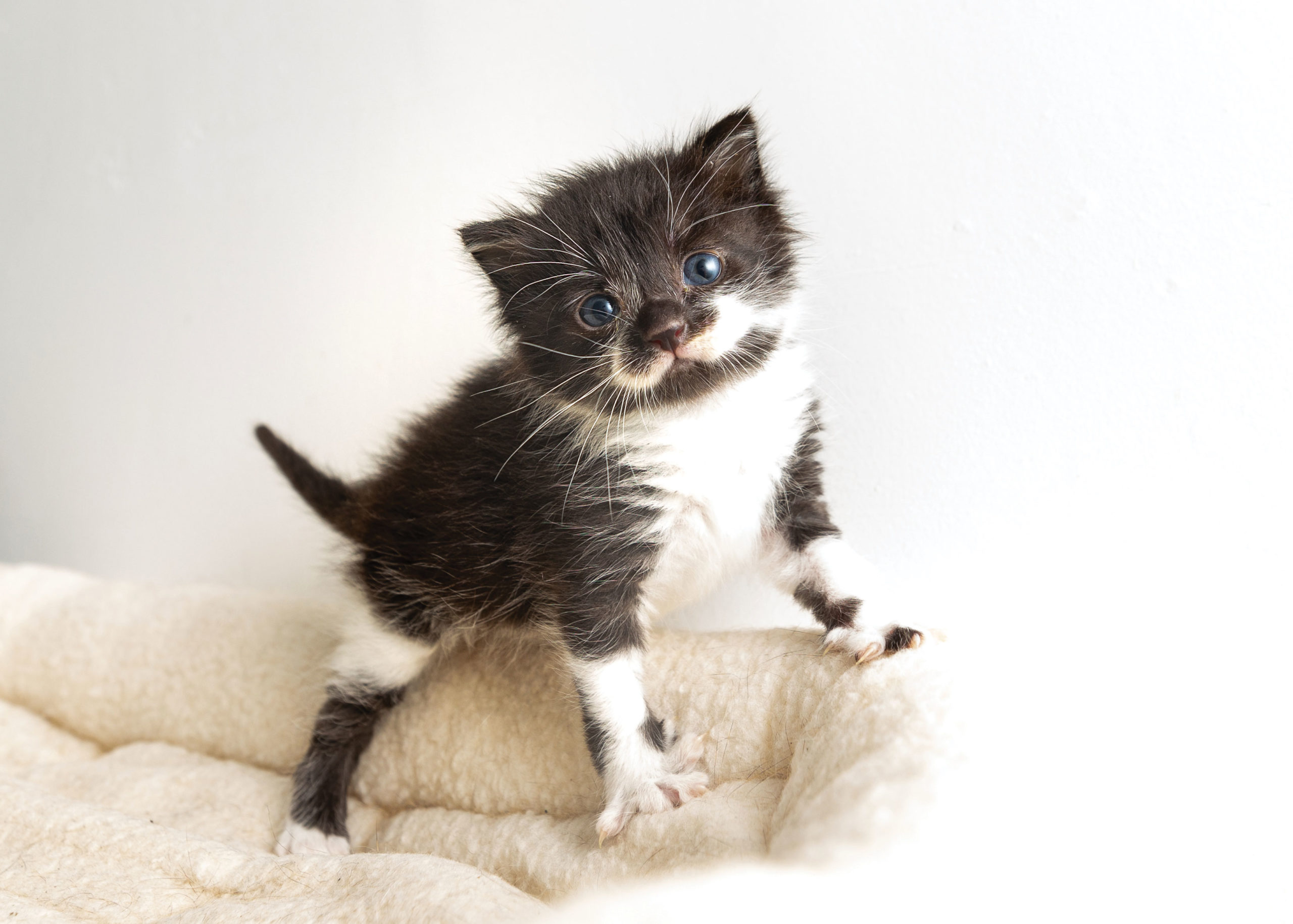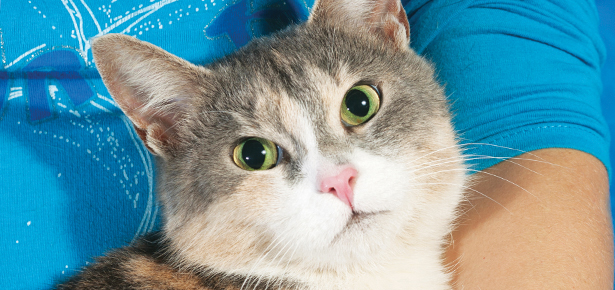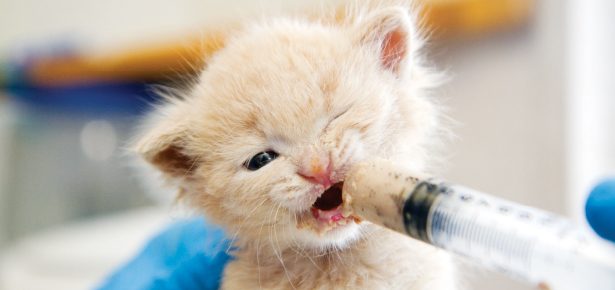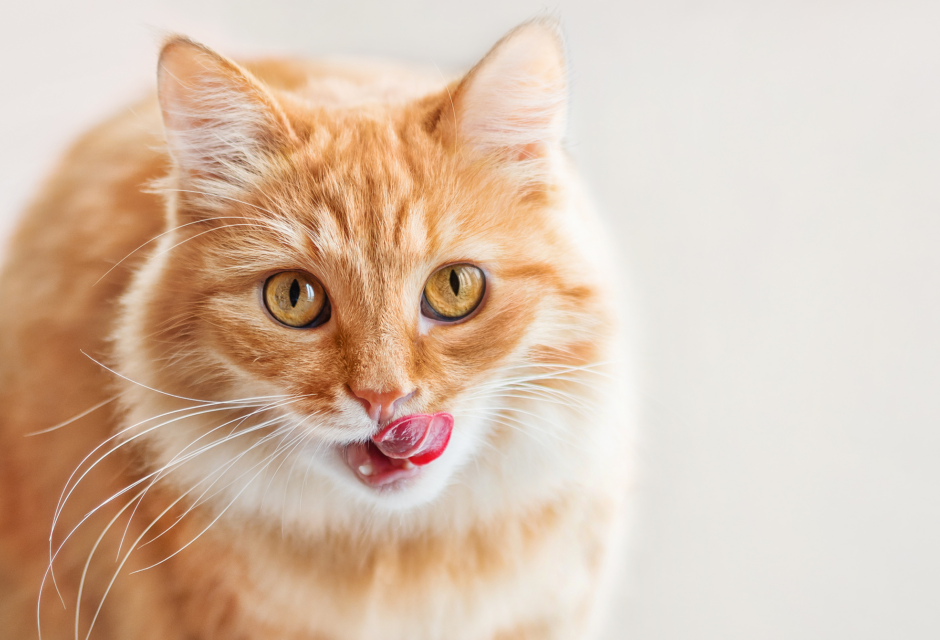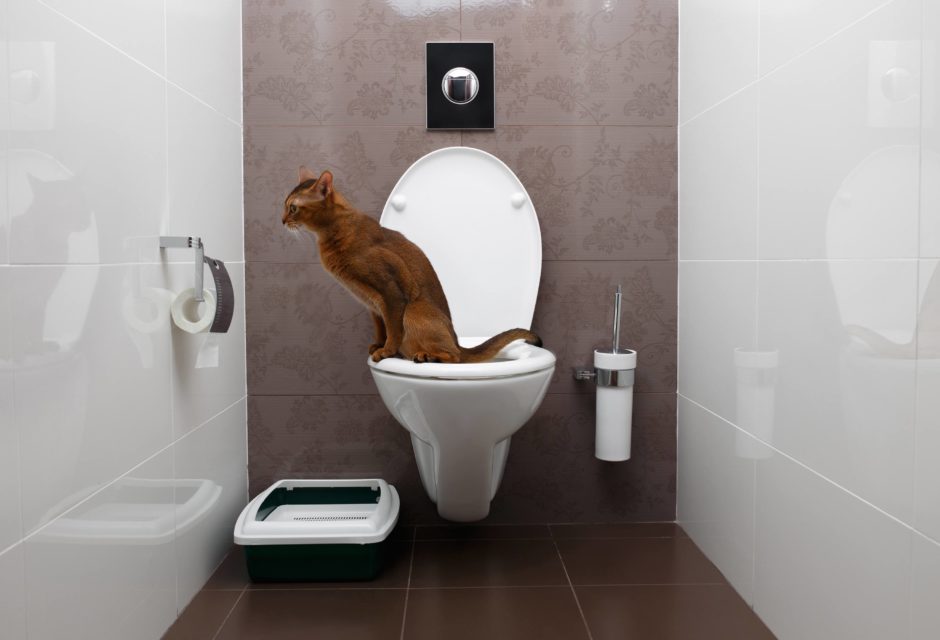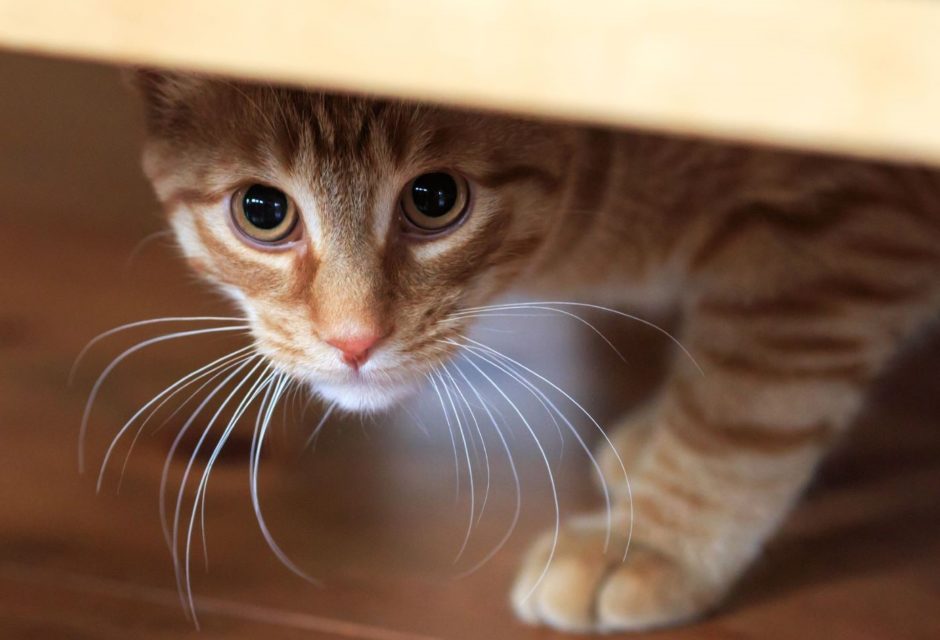
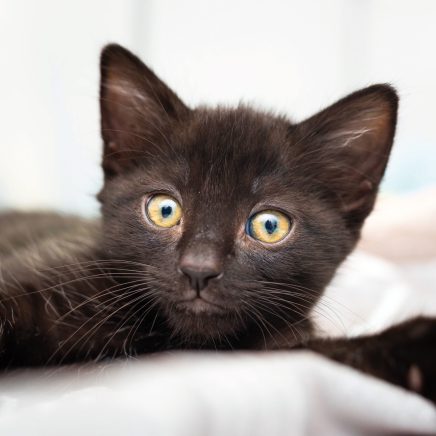
How to Take Dramatically Better Photos of Your Cat
Cat photographer Andrew Marttila shares how to easily and instantly improve your cat photography
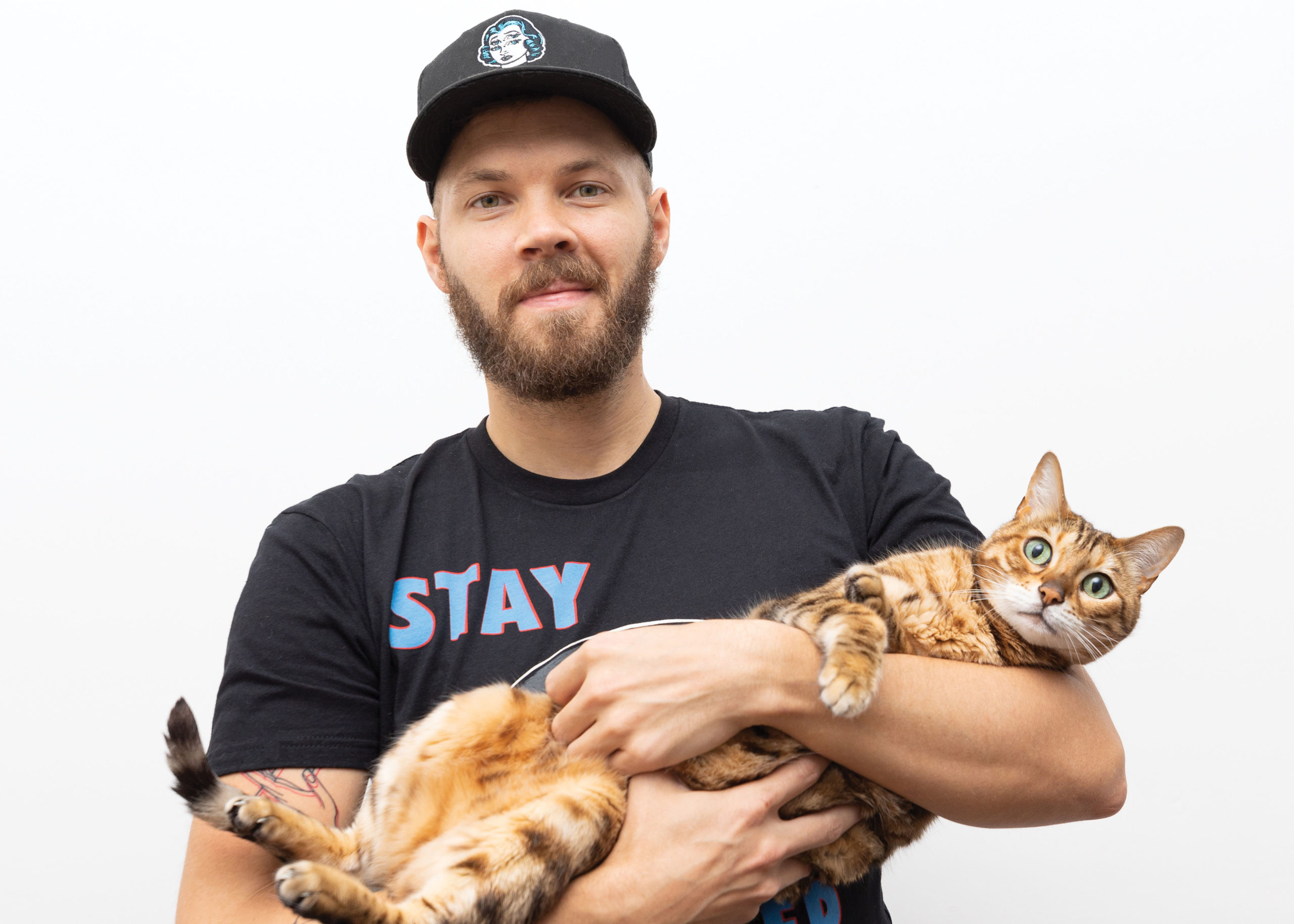
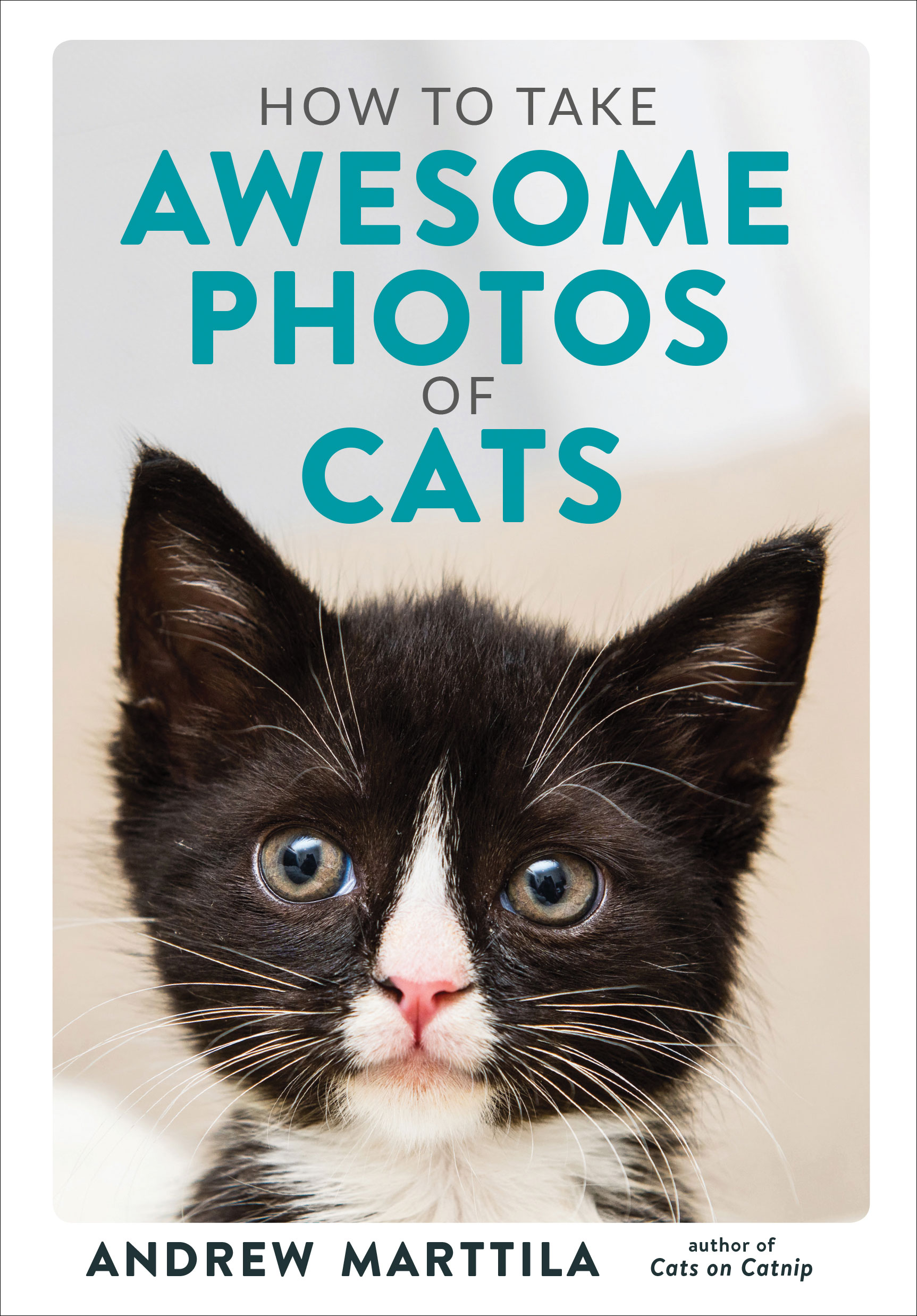
If you’re interested in taking better cat photos, be sure to pick up his new book, How to Take Awesome Cat Photos, which is packed with tips that will dramatically improve your photography, even if you just use your phone.
Here, Andrew shares his top easy-to-implement tips to instantly improve your cat photography game:
1. All Natural
First things first: Before we get started with tips and tricks, I need you guys to have a realistic expectation of photographing cats. Some felines are incredibly easy to photograph, rolling about and serving looks with every turn of their head, while others will literally dig a hole in your couch to avoid the camera. Most cats are somewhere in the middle, and it is of utmost importance that we make them feel comfortable around us. We need to do our best to maintain a peaceful atmosphere when we’re shooting. You might think this sounds really bizarre, but cats can totally sense our disposition and react accordingly. If we’re constantly picking up and placing the cat somewhere, making them wear silly clothes, or doing anything they’re not used to, they are going to be far less inclined to show off their unique personality. Their comfort comes first, our photos come second—and our photos will benefit greatly from the former.
2. Patience
Along with the first tip, we need to employ patience. It’s probably the most important attribute we can use to our advantage, so if you’re an impatient person, you might want to work on your breathing techniques. Cats do not understand what we’re trying to do. They might turn their heads away at a pivotal moment or jump from the area where you’re shooting. It can be frustrating, sure, but we never want to let our emotions sour a photoshoot. If it’s not working, reset and take a break. Revisit it later. The worst thing we can do is force a situation so that the cat now associates a camera with an unhappy experience.
3. Setting
Try to find a clean spot where you can take a photo without too much in the background. It can be visually distracting if your shots include miscellaneous objects behind the subject or too much in the foreground. If you’re able, pick a blank wall or surface to use as the backdrop. If the background helps tell a story, feel free to include it, otherwise, just do your best to limit the amount of unnecessary detail in the frame. This helps give the shots a more timeless look, and besides, no one really wants to see your dirty laundry.
4. Burst Mode
As long as they’re not in a deep sleep, cats move quickly and unpredictably, especially if they’re kittens! If you’re taking shots one at a time, you’re going to find that many are blurry or out of focus. An easy way to counteract this is by holding down the shutter to take multiple shots with each press. This works for both phones and cameras, and you’re much more likely to have a good shot in a group of photos than individual ones.
5. Get Low
Perspective is everything in photography, so I always encourage people to try to break the norms with their photos. I suggest taking pictures while down on the ground, or, at the very least, at the same level as your cat. I feel as though this unlocks a whole new gateway to their lives and how they interact with the world. It looks so much better than if you were to take photos from your height, merely pointing the camera down onto them. You’ll see an immediate difference in the way your shots look and how your cat is represented in their space.
6. Use Toys
Distraction is a gamechanger when it comes to photographing cats. So much of the time and effort of getting a cat to stay still and look at the camera is solved with one simple tool—a noisy toy, like a crinkle ball. Get their attention by waving it around, crushing it in your hand, and then obscure it by moving it behind your camera. Their gaze will follow the object/sound, and you’ll be able to snap a shot with them looking right into the lens. This does the trick with many toys, but I’ve found that the best ones to use are those that you can hold easily in one hand while taking photos with the other.
7. Lighting
Pick an area that is well lit. Natural lighting is far superior to most lights in your home, but can be difficult to find indoors or in shelter situations. Do your best to not rely on a direct flash, as it will give an unflattering appearance to the photo. In my book, I discuss cheap alternatives that really help compensate for the lack of lighting. For example, you can get an inexpensive LED light that can be manipulated in a specific direction. When you take the shot, try to ensure that light source doesn’t come from behind the subject. It will either wash out the background or turn your cat into an unrecognizable shadow. Try to have the light source at your back or your side to gently cascade light onto the subject.
8. Edit
Before you post or print anything, take a minute or two to scrutinize the photo and edit your shot. Try to make sure that the image is well lit and the colours are accurate. Many pictures indoors are under-exposed (dark) and have a warm (yellow) hue. This is easy to fix in any editing program by adjusting the brightness and temperature. If the photo looks too yellow, slide the temperature to the left to increase the cool tones. If it’s too dark, increase the brightness. Be mindful to never go too far with edits as you can really disrupt the photo by making it heavily saturated with colour or by applying multiple filters.
Join the newsletter and never miss out on cat content again!
"*" indicates required fields
By clicking the arrow, you agree to our web Terms of Use and Privacy & Cookie Policy. Easy unsubscribe links are provided in every email.





